How do you streamline requirement analysis and modeling?
Last updated: November 06, 2023 Read in fullscreen view
- 12 Oct 2022
 14 Common Reasons Software Projects Fail (And How To Avoid Them) 10/504
14 Common Reasons Software Projects Fail (And How To Avoid Them) 10/504 - 13 Oct 2021
 Outsourcing Software Development: MVP, Proof of Concept (POC) and Prototyping. Which is better? 6/424
Outsourcing Software Development: MVP, Proof of Concept (POC) and Prototyping. Which is better? 6/424 - 20 Jan 2022
 TIGO Self-Organization Practice: Change Management Workflow 6/430
TIGO Self-Organization Practice: Change Management Workflow 6/430 - 10 Dec 2021
 What is a Kano Analysis? 6/810
What is a Kano Analysis? 6/810 - 28 Jul 2022
 POC, Prototypes, Pilots and MVP: What Are the Differences? 6/606
POC, Prototypes, Pilots and MVP: What Are the Differences? 6/606 - 31 Aug 2022
 What are the best practices for software contract negotiations? 5/215
What are the best practices for software contract negotiations? 5/215 - 07 Oct 2025
 Case Study: Using the “Messaging House” Framework to Build a Digital Transformation Roadmap 5/45
Case Study: Using the “Messaging House” Framework to Build a Digital Transformation Roadmap 5/45 - 16 Jun 2022
 Rapid Application Development (RAD): Pros and Cons 5/800
Rapid Application Development (RAD): Pros and Cons 5/800 - 05 Mar 2021
 How do you minimize risks when you outsource software development? 5/317
How do you minimize risks when you outsource software development? 5/317 - 12 Dec 2021
 Zero Sum Games Agile vs. Waterfall Project Management Methods 4/374
Zero Sum Games Agile vs. Waterfall Project Management Methods 4/374 - 04 Oct 2022
 Which ERP implementation strategy is right for your business? 4/278
Which ERP implementation strategy is right for your business? 4/278 - 01 Jan 2024
 The pros and cons of the Centralized Enterprise Automation Operating model 4/165
The pros and cons of the Centralized Enterprise Automation Operating model 4/165 - 05 Sep 2023
 The Cold Start Problem: How to Start and Scale Network Effects 3/167
The Cold Start Problem: How to Start and Scale Network Effects 3/167 - 01 Dec 2023
 Laws of Project Management 3/249
Laws of Project Management 3/249 - 18 Jul 2021
 How To Ramp Up An Offshore Software Development Team Quickly 3/516
How To Ramp Up An Offshore Software Development Team Quickly 3/516 - 20 Jan 2021
 Fail early, fail often, fail cheap, fail safe but always fail forward 3/688
Fail early, fail often, fail cheap, fail safe but always fail forward 3/688 - 28 Oct 2022
 Build Operate Transfer (B.O.T) Model in Software Outsourcing 2/361
Build Operate Transfer (B.O.T) Model in Software Outsourcing 2/361 - 11 Nov 2021
 What is an IT Self-service Portal? Why is it Important to Your Business? 2/364
What is an IT Self-service Portal? Why is it Important to Your Business? 2/364 - 02 Nov 2021
 [Case Study] Streamlined Data Reporting using Tableau 2/276
[Case Study] Streamlined Data Reporting using Tableau 2/276 - 04 Oct 2021
 Product Validation: The Key to Developing the Best Product Possible 2/295
Product Validation: The Key to Developing the Best Product Possible 2/295 - 01 May 2024
 Warren Buffett’s Golden Rule for Digital Transformation: Avoiding Tech Overload 2/188
Warren Buffett’s Golden Rule for Digital Transformation: Avoiding Tech Overload 2/188 - 02 Dec 2022
 Success Story: Satsuki - Sales Management Software, back office app for School Subscription Management 2/219
Success Story: Satsuki - Sales Management Software, back office app for School Subscription Management 2/219 - 07 Dec 2023
 The Myths Of Requirements 2/203
The Myths Of Requirements 2/203 - 12 Aug 2024
 Understanding Google Analytics in Mumbai: A Beginner's Guide 1/84
Understanding Google Analytics in Mumbai: A Beginner's Guide 1/84 - 03 Apr 2021
 How digital asset management streamlines your content workflow? 1/312
How digital asset management streamlines your content workflow? 1/312 - 13 Feb 2021
 Why is TIGOSOFT a software house for Enterprise Application Development? 1/336
Why is TIGOSOFT a software house for Enterprise Application Development? 1/336 - 19 Oct 2021
 Software development life cycles /628
Software development life cycles /628 - 21 Jun 2021
 6 Useful Tips To Streamline Business Processes and Workflows /515
6 Useful Tips To Streamline Business Processes and Workflows /515 - 03 Sep 2022
 The secret of software success: Simplicity is the ultimate sophistication /186
The secret of software success: Simplicity is the ultimate sophistication /186 - 10 Nov 2021
 Automated QA Outsourcing – Hire a Professional Software Testing Team /514
Automated QA Outsourcing – Hire a Professional Software Testing Team /514 - 02 Apr 2022
 Productivity vs. Efficiency – What Are the Differences? /196
Productivity vs. Efficiency – What Are the Differences? /196 - 06 Mar 2024
 [SemRush] What Are LSI Keywords & Why They Don‘t Matter /131
[SemRush] What Are LSI Keywords & Why They Don‘t Matter /131
Requirement analysis and modeling is a crucial phase of any business analysis project. It involves eliciting, analyzing, validating, and documenting the needs and expectations of the stakeholders. However, it can also be a time-consuming and complex process that requires careful planning, coordination, and communication. How do you streamline requirement analysis and modeling to deliver value faster and more efficiently? Here are some tips and best practices to help you.
Define the scope and objectives
Before you start collecting and modeling requirements, you need to have a clear understanding of the scope and objectives of the project. What is the problem or opportunity that you are trying to address? What are the expected outcomes and benefits? Who are the key stakeholders and what are their roles and responsibilities? How will you measure the success of the project? These are some of the questions that you need to answer and document in a scope statement or a project charter. This will help you set the boundaries and direction of your requirement analysis and modeling activities.
Choose the right techniques and tools
Depending on the nature and complexity of the project, you may need to use different techniques and tools to elicit, analyze, validate, and document requirements. Some of the common techniques are interviews, workshops, surveys, observation, prototyping, and use cases. Some of the common tools are diagrams, models, matrices, specifications, and user stories. You should choose the techniques and tools that best suit your project context, stakeholder preferences, and project constraints. You should also use a consistent notation and format to ensure clarity and accuracy of your requirements.
Involve the stakeholders throughout
One of the key factors that can make or break your requirement analysis and modeling process is the level of stakeholder involvement and engagement. You need to identify and communicate with the stakeholders who have an interest or influence on the project. You need to elicit their needs and expectations, analyze their feedback, validate their assumptions, and document their agreement. You need to involve them throughout the process, not just at the beginning or the end. This will help you avoid misunderstandings, conflicts, and rework, and ensure that your requirements reflect the true value and vision of the project.
Prioritize and validate requirements
Not all requirements are equally important or feasible. You need to prioritize and validate your requirements to ensure that they align with the project scope and objectives, and that they are realistic and achievable. You can use criteria such as urgency, impact, dependency, risk, and cost to rank your requirements. You can also use techniques such as MoSCoW (Must have, Should have, Could have, Won't have) or Kano (Basic, Performance, Excitement) to categorize your requirements. You should also validate your requirements with the stakeholders, using methods such as reviews, walkthroughs, inspections, and testing.
Manage changes and traceability
Requirements are not static. They may change over time due to various factors such as new information, feedback, assumptions, risks, or issues. You need to manage these changes and ensure that they are properly assessed, approved, communicated, and implemented. You also need to maintain traceability of your requirements, which means linking them to their sources, objectives, dependencies, and deliverables. This will help you track the impact and status of your requirements, and ensure that they are consistent and complete.







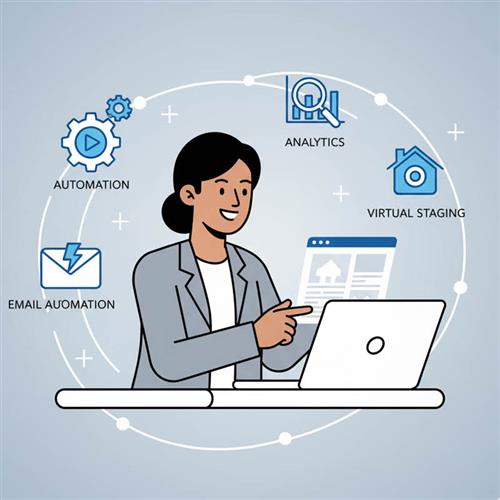

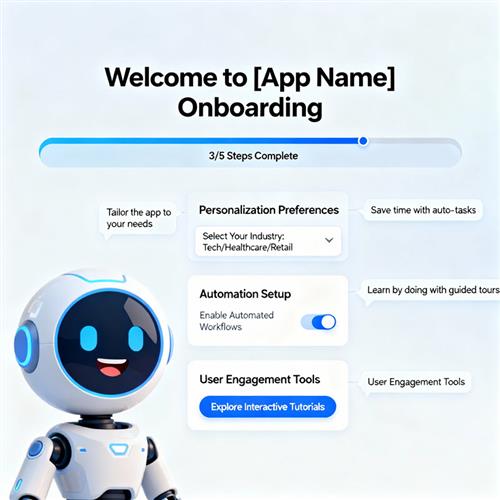
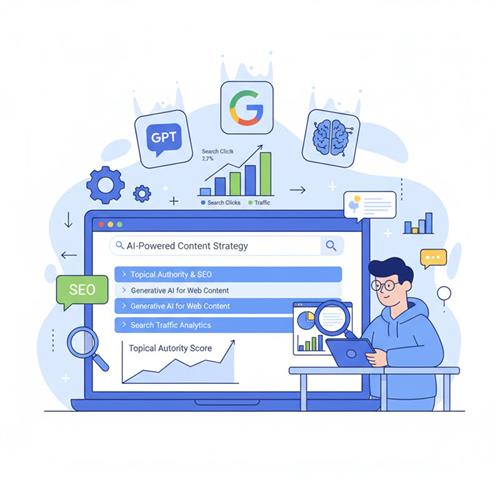
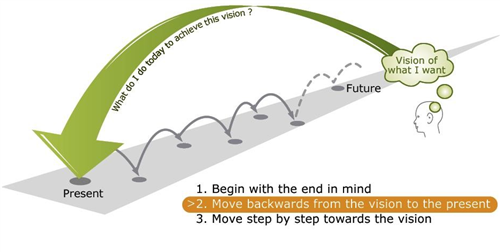
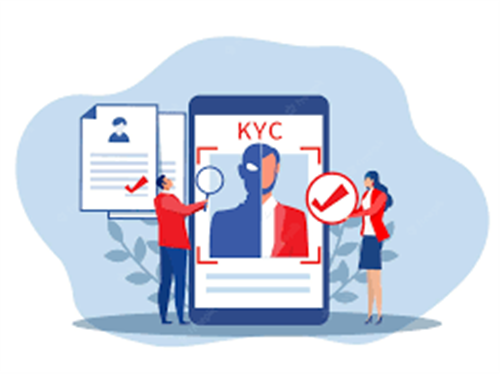
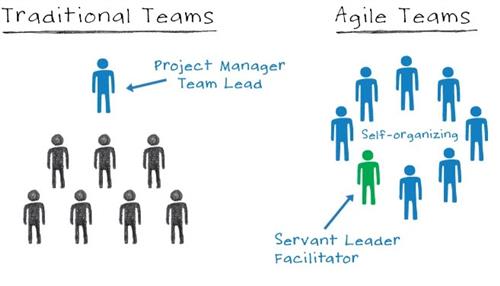
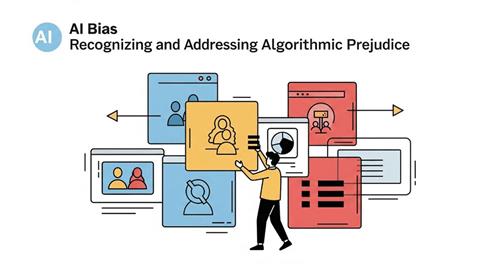




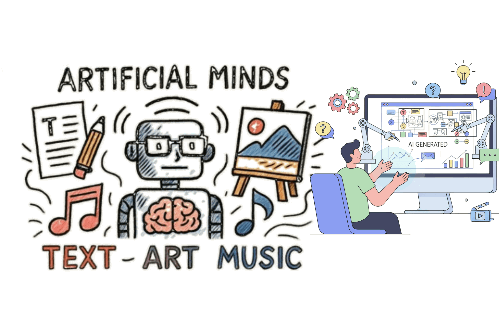

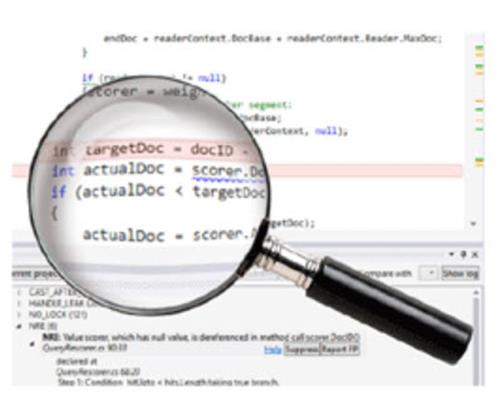

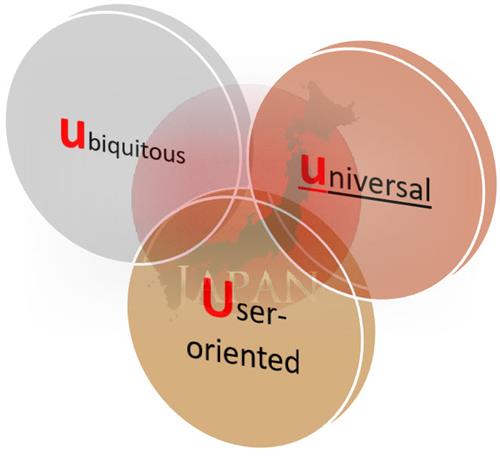
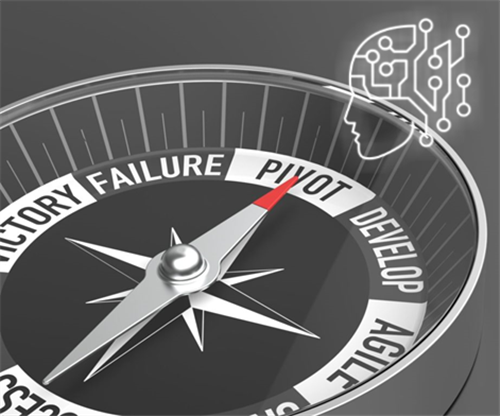
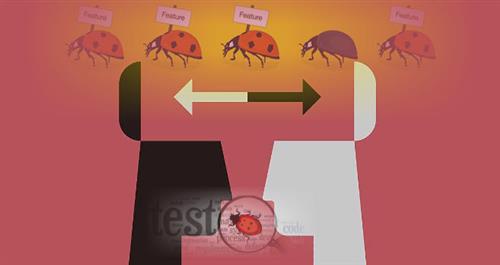









 Link copied!
Link copied!